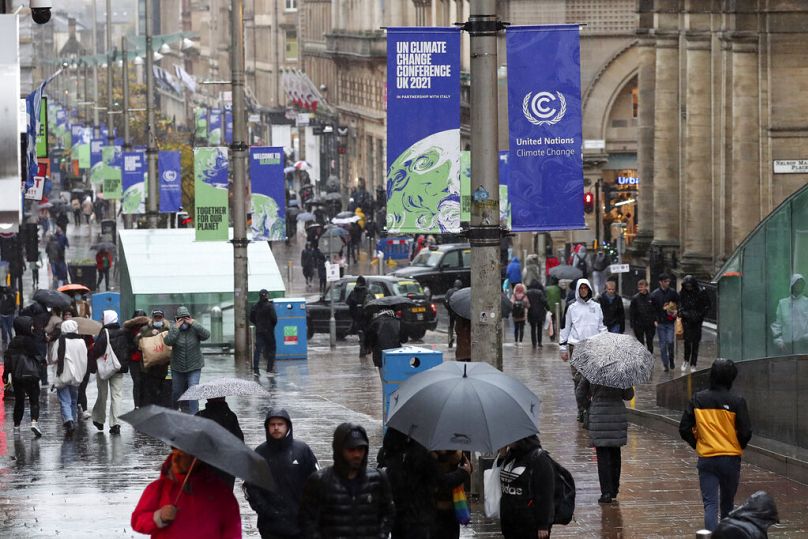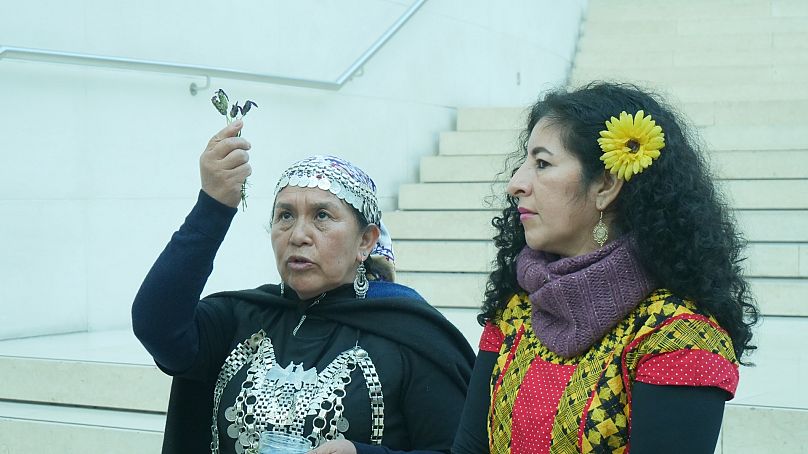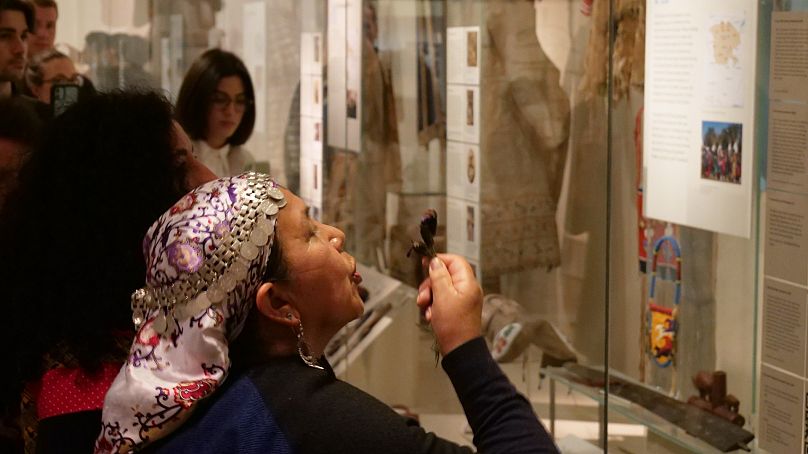Campaign groups, activists and even bin men are taking to the streets to push world leaders into meaningful action at COP26.
As many as 100,000 people are expected to take to the streets around COP26 on 6 November to demand meaningful action.
Led by Indigenous people and communities on the frontlines of the climate crisis, the march will be made up of a diverse alliance of groups. Together they are asking for “just and fair” solutions to the climate crisis at the UN summit.
Alongside them, tens of thousands of people in cities across the world are expected to take part in action being organised by the COP26 Coalition.
“The decisions made at COP26 will shape how governments respond, or not, to the climate
crisis. They will decide who is to be sacrificed, who will escape and who will make a profit,” says Quan Nguyen from the COP26 Coalition.
“This conference is happening at a crucial moment in history. Across the world and across movements, we are seeing a new wave of resistance, global solidarity and grassroots organising.”
But they aren’t the only groups hoping to push world leaders to take meaningful action in Glasgow. Some are saying that actions around COP26 could be the largest protests Scotland has seen since demonstrations against the Iraq war in 2003.
Marginalised voices demand to be acknowledged
On Monday 25 October, Indigenous leaders from Minga Indígena led activists and visitors on a tour of the British Museum. Panchita Calfin, an Indigenous elder from Mapuche nation in Chile, held an unauthorised healing ceremony in the Americas section of the museum.
The action took place a week before COP26 and now members of the Minga Indígena are heading to Glasgow to put pressure on negotiators and politicians, asking them to acknowledge the importance of climate and ecological justice.
“Indigenous people who have been historically marginalised have a right to be a part of these talks,” says Calfin Lafkenche, the lead coordinator of Minga Indigena. “The climate negotiations are not considering the needs of indigenous peoples.”
“Climate change is today the most important issue. If COP26 is going to be successful, it has to acknowledge historical, systemic, and institutional ongoing injustice. It has to put climate justice at the heart of its decision making.”
Three big commitments needed at COP26
Greenpeace has said it will have people both inside and outside of the summit. The global campaigning network is hoping that COP26 can bring some significant commitments.
“The world needs to sign-up to some big things in Glasgow – things laid out by the scientists in the UN’s latest climate report,” says Jennifer Morgan, Greenpeace International Executive Director.
She says that we need to see a rapid end to the era of fossil fuels including an immediate end to all new fossil fuel projects.
“There needs to be ambitious emission-cutting plans that would halve global emissions by 2030, with rich countries moving fastest. And there must be a rejection of plans to open a global market in carbon offsets because it’s a scam, it won’t work and it will just delay real action.”
But to get all of the countries at COP26 to sign up for these three things, she explains that substantial amounts of money are needed.
“We’re talking about $100bn (€86bn) a year to 2025 - with a bigger number after that - going from rich countries to poorer countries to adapt to a warming world and decarbonise.”
On top of that, climate justice has to be front and centre. She says that less developed countries must be given compensation for the damage already being caused by climate change.
“The biggest historic polluters need to show solidarity with people and countries on the frontline of climate impacts. That’s the fair approach.”
School strike for climate
On Friday 5 November, Fridays for Future Glasgow is holding a climate strike joined by Swedish activist Greta Thunberg.
“Climate justice also means social justice and that we leave no one behind,” she tweeted.
Railway staff, refuse workers and council cleaners have said they could take industrial action for better pay during COP26. Thunberg invited those who plan on striking during the summit to attend the march, which will go from Kelvingrove Park in Glasgow’s west end to George Square in the city centre.
Last week she told the BBC that “change is going to come when people are demanding change. So we can’t expect everything to happen at these conferences.
“In my view, success would be that people finally start to realise the urgency of the situation and realise that we are facing an existential crisis, and that we are going to need big changes, that we’re going to need to uproot the system because that’s where the change is going to come.”














